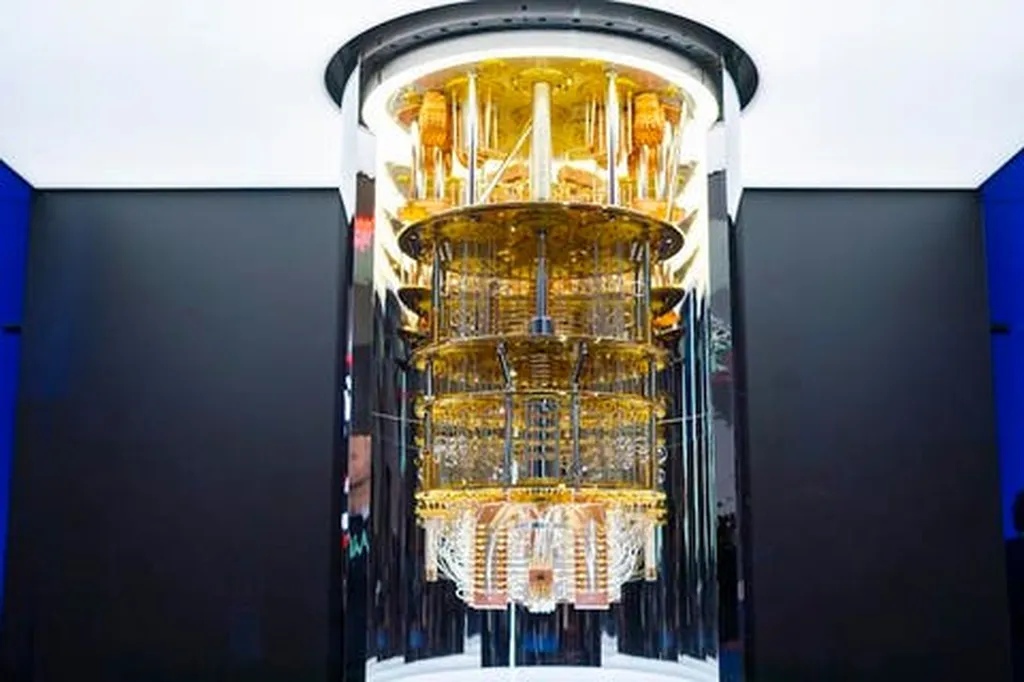Hideki Okawa, a researcher at the High Energy Accelerator Research Organization (KEK) in Japan, is exploring the potential of quantum computing to revolutionize pattern recognition in high-energy physics. His work, published in the journal Quantum Science and Technology, offers a comprehensive review of the current state of quantum computing applications in this field.
Quantum computing is an emerging technology that promises to deliver significant efficiency gains over existing methods. High-energy physics is a data-intensive science that relies on large-scale facilities, detectors, high-performance computing, and global networks. The experimental workflow in this field consumes a substantial amount of computing resources, and its annual cost is projected to grow exponentially at future colliders. Pattern recognition is one of the most crucial and computationally intensive tasks in high-energy physics.
Okawa’s research focuses on three types of quantum computing technologies: quantum gates, quantum annealing, and quantum-inspired computing. Each of these technologies has its own advantages and disadvantages. Quantum gate computing, for instance, is a universal model of quantum computing that can solve a wide range of problems. However, it is still in the early stages of development and requires extremely low temperatures to operate. Quantum annealing, on the other hand, is a specialized form of quantum computing that is designed to solve optimization problems. It is currently more advanced than quantum gate computing, but it is limited to a narrower range of problems. Quantum-inspired computing is a classical computing approach that mimics the behavior of quantum systems. It is the most mature of the three technologies, but it may not offer the same level of efficiency gains as true quantum computing.
The practical applications of quantum computing in the energy sector are still in the early stages of exploration. However, the technology has the potential to revolutionize the way we process and analyze data, which could have significant implications for the energy industry. For example, quantum computing could be used to optimize the operation of power grids, improve the efficiency of renewable energy systems, and enhance the security of energy infrastructure. As the technology continues to develop, we can expect to see more and more applications in the energy sector.
In conclusion, Okawa’s research provides a valuable overview of the current state of quantum computing applications in high-energy physics. While the technology is still in the early stages of development, it has the potential to deliver significant efficiency gains and enable computation from a fundamentally different perspective. As the energy industry continues to evolve, quantum computing could play a crucial role in helping us meet the challenges of the future.
This article is based on research available at arXiv.

